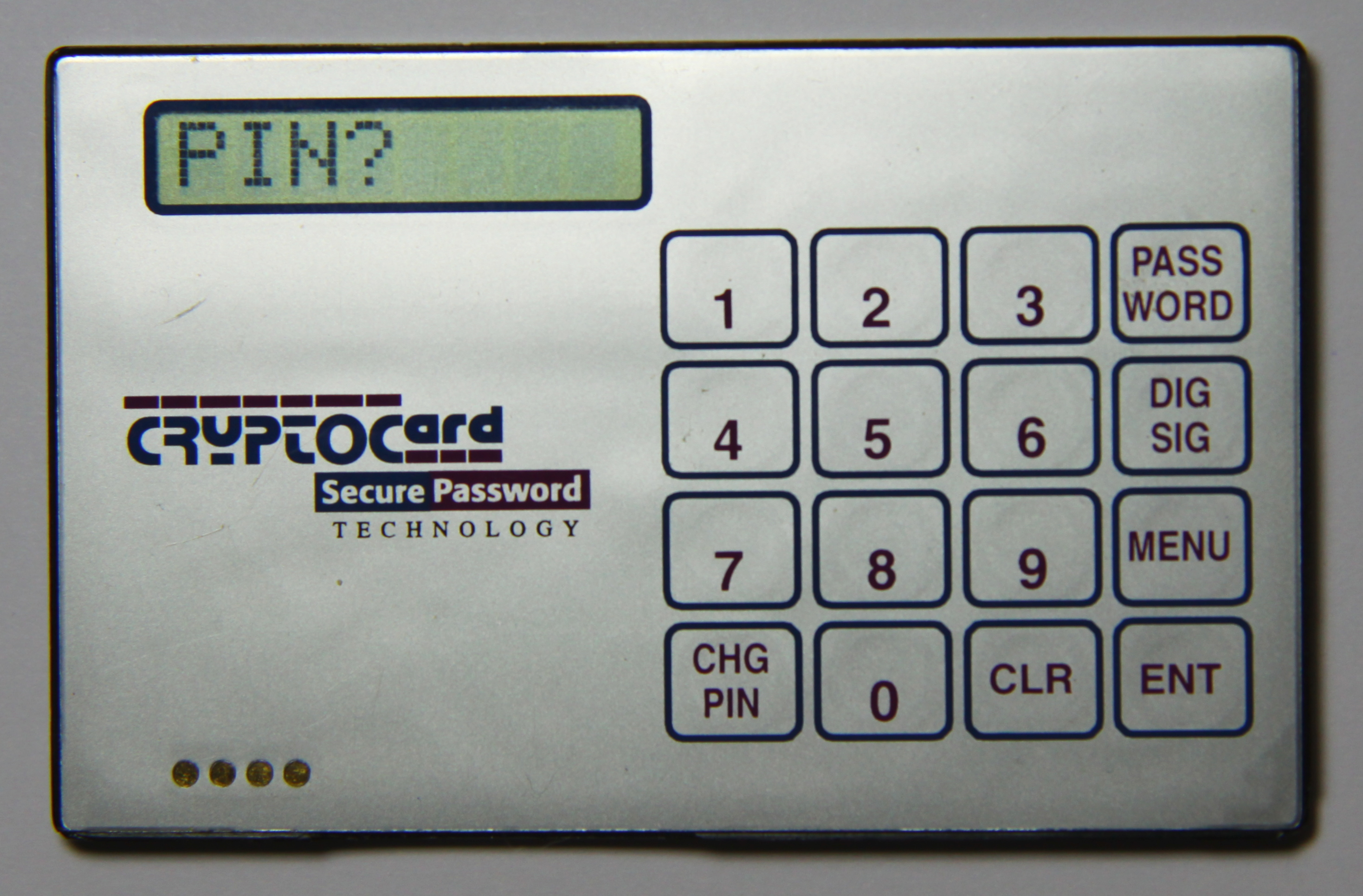Security is a big topic in the world of technology. There exists a range of different security measures, depending on the type of technology, such as passwords, PINs, and fingerprints, among others. Each of these security measures has its own advantages and disadvantages. Let’s look at where these measures are used, and if there are any emerging technologies in the world of security:
Passwords

Let’s start with the most widely-used form of security: the password. We all learned to make out passwords unique to us and to not use the same password across all of our accounts. Doing so prevents criminals from accessing all your accounts if they somehow decipher your password. In recent years, password security has gotten a lot stricter – for most accounts, you now need a combination of letters, numbers, and special characters. This makes it virtually impossible for criminals to guess your password without the aid of a computer program or algorithm.
PINs

PINs or Personal Identification Numbers are the number one measure of security and access. They’re used by ATMs, smartphones, and even some apps as a shortcut to passwords. As the name implies, they are personal to you, so the number should be important enough that you remember, but not easy enough for someone else to guess (like a birthday, anniversary, or phone number).
Fingerprint

Fingerprint technology is a recent upgrade for consumer devices. This technology emerged in 2011 when Motorola equipped their Atrix smartphone with a fingerprint scanner to unlock the device. Apple didn’t get around to making use of this technology until 2013 with the iPhone 5S. As each person has a different fingerprint, this is by far more secure than passwords and PINs.
Facial Recognition

A number of cell phone brands are using facial recognition technology, which makes a map of your face and secures your device so that only you can open it. Snapchat uses similar technology to map your face and create different visual effects, some of which are activated by a facial movement such as opening your mouth.
Voice Recognition

Similar to the fingerprint, everyone has a unique voice. There are about 100 characteristics that distinguish one voice from another, ranging from the physical, like mouth and throat shape, to the behavioral, like word choice and pronunciation. Because of this, it is nearly impossible to imitate someone else’s voice exactly, which is what makes this emerging technology so secure.
Security will never be absolute, it is built on improvements to previous methods. Additionally, different platforms use different forms of security, which is why there isn’t one universal security measure. The future of security measures looks promising, as technology has dramatically increased how we approach this ever-changing topic. For all your security questions, comments, and concerns, contact M&H Consulting by phone at 1-(866)-964-8324, or visit our website at http://www.mhconsults.com.
Categorised in: computer, data management, hacking, Health & Safety, Password, Security, tips
